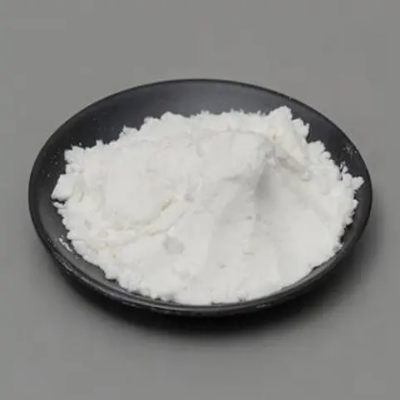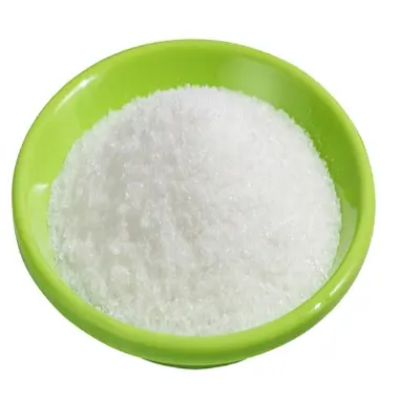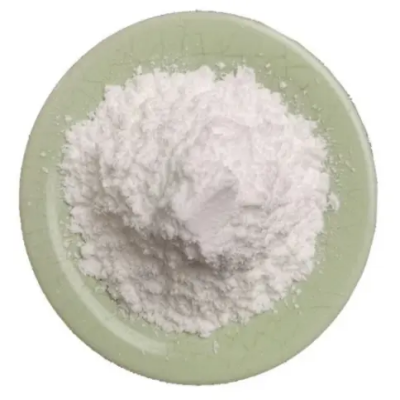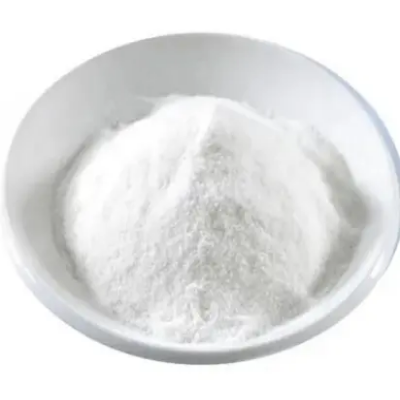3,4-Dichlorophenylhydrazine hydrochloride CAS:19763-90-7
3,4-Dichlorophenylhydrazine hydrochloride has multiple applications across various fields, particularly in organic chemistry, pharmaceuticals, and materials science. One of its primary roles is as an intermediate in organic synthesis. The compound's hydrazine group makes it highly reactive, allowing it to participate in several types of chemical reactions, such as diazotization, condensation, and coupling reactions. This versatility enables chemists to create novel derivatives that can have diverse functionalities and applications. In the realm of medicinal chemistry, 3,4-dichlorophenylhydrazine hydrochloride is of significant interest due to its potential biological activities. Hydrazine derivatives are known to exhibit a range of pharmacological effects, including antimicrobial, antifungal, and anticancer properties. Research into this compound may lead to the development of new therapeutic agents targeting diseases where effective treatment options are limited. By modifying its structure, scientists can potentially enhance the potency and selectivity of these compounds. Moreover, this compound serves as a valuable reagent in analytical chemistry. It can be employed for the detection and quantification of carbonyl compounds through the formation of stable hydrazones, which can then be analyzed using various spectroscopic techniques. This application is particularly useful in laboratories focusing on organic synthesis and compound identification. In addition to its uses in chemistry and pharmaceuticals, 3,4-dichlorophenylhydrazine hydrochloride could hold potential in materials science. Due to its reactivity, it can be utilized in the synthesis of polymers or composite materials with tailored properties, suitable for applications such as coatings, adhesives, and drug delivery systems. In summary, 3,4-dichlorophenylhydrazine hydrochloride is a multifunctional compound with significant utility in organic synthesis, medicinal chemistry, and analytical methodologies. Its continued exploration could pave the way for new advancements in health sciences and material innovations.






| Composition | C6H6Cl2N2·HCl |
| Assay | 99% |
| Appearance | white powder |
| CAS No. | 19763-90-7 |
| Packing | Small and bulk |
| Shelf Life | 2 years |
| Storage | Store in cool and dry area |
| Certification | ISO. |









